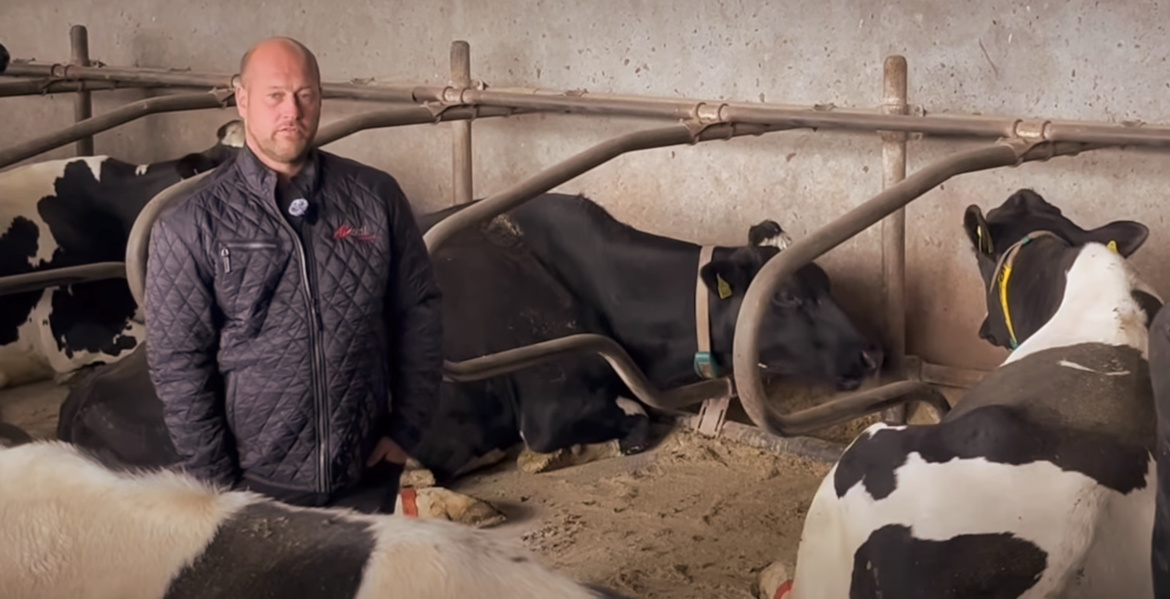Over 70 percent of Danes want active euthanasia to be legalized, according to a survey by Epinion.
At present, active euthanasia or euthanasia is illegal in Denmark. However, there has been a heated debate on the subject, especially after the citizens' initiative "Legalization of active euthanasia" received 50,000 signatures in May this year. According to a new survey, a large portion of Danes are in favor of legalizing euthanasia, reports the state channel DR.
The referenced survey was conducted by Epinion from August 14 to August 23 this year, involving 1056 interviews with Danes aged 18 and above. 72 percent of Danes agree with making active euthanasia legal, while 10 percent disagree, and 18 percent are undecided.
When the Danish Ethical Council commented on the issue in 2012, they believed it should remain illegal, with only two out of the council’s 17 members supporting legalization of euthanasia. The Danish Medical Association also disapproves of the proposal, highlighting that "euthanasia is a treatment whose success depends on the patient dying".
– The role of doctors and the healthcare system is to help patients – to heal, treat, alleviate – not to kill patients", says Camilla Rathcke, chairman of the Danish Medical Association.
In June this year, Prime Minister Mette Frederiksen expressed support for legalization.
– I am also aware that, for instance, the Ethics Council has repeatedly spoken against it. Personally, I have a completely different opinion, she said at the time.
On Wednesday, the Ethical Council once again commented on the matter, maintaining a firm stance against the legalization of active euthanasia in Denmark.
– I am worried that if we introduce euthanasia, we will weaken our responsibility for each other and for the most vulnerable, and we won't be able to guarantee palliative care, says the council’s chairman, Leif Vestergaard.





